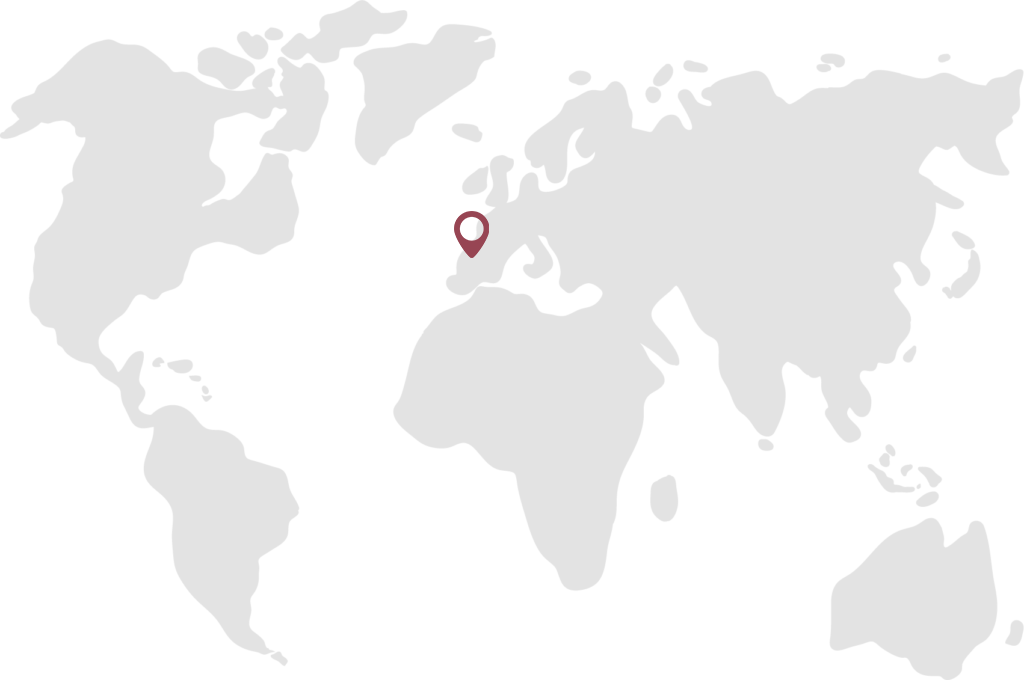My latest Forbes pieces are here, and include wise words from 10 winemakers and winery owners, U.S. entrepreneurs launching canned South African wine, how a digital negociant helped change the U.S. wine world, and other pieces on Vinitaly, agriturismos, and the 2018 Bordeaux vintage.
Below are a few hints regarding wine related travel.
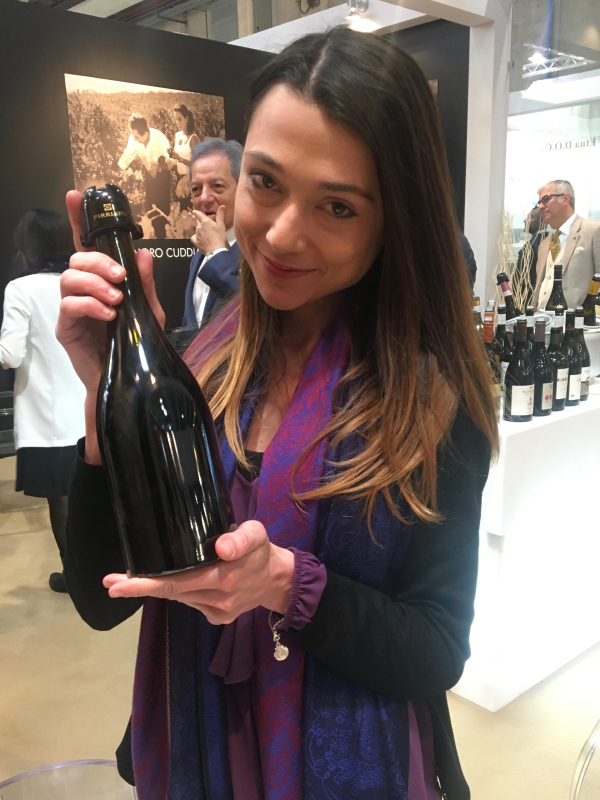
One: Seek Local Knowledge.
When you reach a new destination, ask a local sommelier which wines he or she recommends, or get input from a reputable winemaker whose style you enjoy. Try to find a contact involved in the wine world before you even arrive, although it’s best to do your homework in order to find one with a decent reputation. Also, that book you may have read about the wine region, which was published five years ago? Since then, winemakers may have adopted a new style, or have begun experimenting with unusual, or unique, grapes for that geography. To get a current handle on the wine vibe of any locale, word of mouth is valuable, but best if that comes from a proven source.
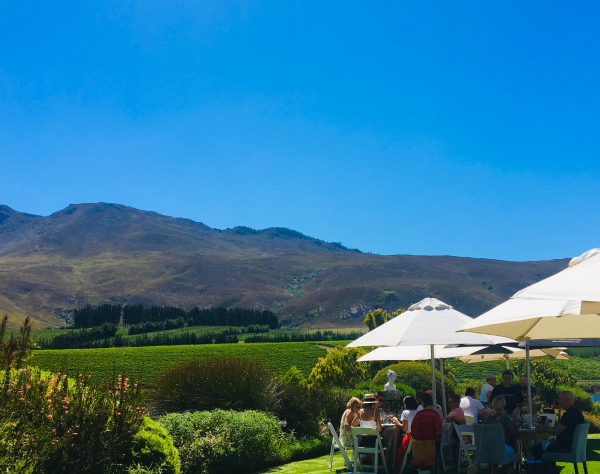
Two: Serial Winery Touring is Overrated .
Let’s say you visit Sonoma or Tuscany or the Loire Valley. You then make arrangements to visit three or four wineries on the same day. Or else you just begin driving from one winery to another. That’s a great way to see the countryside and to get a feel for regional wine styles (although in Europe, you will need to book most visits in advance rather than just driving up).
But after that first perusal, following the same pattern on successive days may be a mistake. First, you’ll only be sampling wines from one winery at a time, and if you hit a dud, you’ll be stuck with a range of poor wines awhile listening to stories of heritage and terroir and the same old ‘wine is made in the vineyard, not in the winery’ story. You’ll then motor onto another locale, and perhaps get the same talk while sipping mediocre vintages. After your initial day of physically visiting vineyards, it may be better to find a wine bar, or a restaurant, and have a local who truly knows the best of the region’s wines pour you several to taste. This is faster and requires less driving. True, vineyard visits are not about speed or efficiency, but life is too short to spend your travel time with vintners pouring mediocre or poor wares. Visiting wineries can be fun, but the novelty wears off rapidly after being toured past stainless steel tanks and barrel rooms five times in an afternoon.
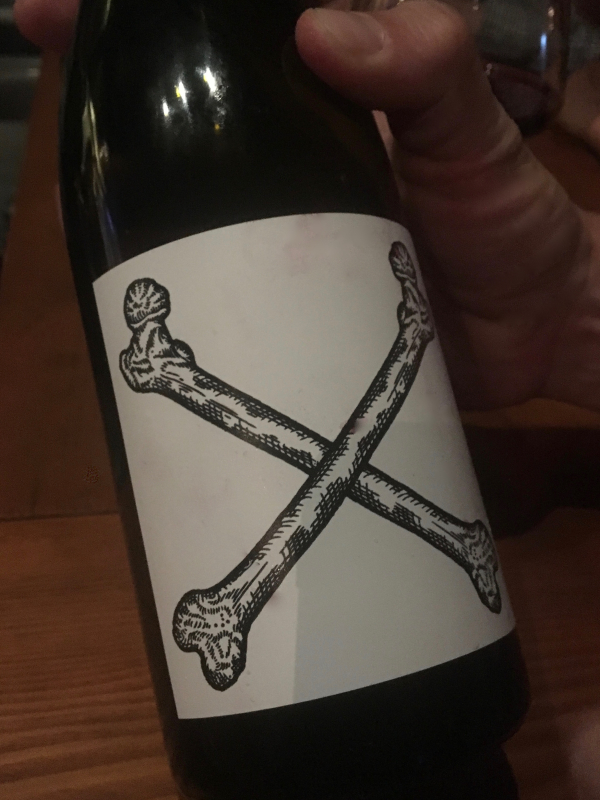
Three: Don’t Swallow Wine Before Lunch.
Swirl, sip, spit, but wait until eating lunch before you begin swallowing wine. Otherwise you’ll catch a buzz and be less able to appreciate wines you are drinking. If you drink on an empty stomach in the morning (and forget sipping water), you also risk getting a hammering afternoon headache.
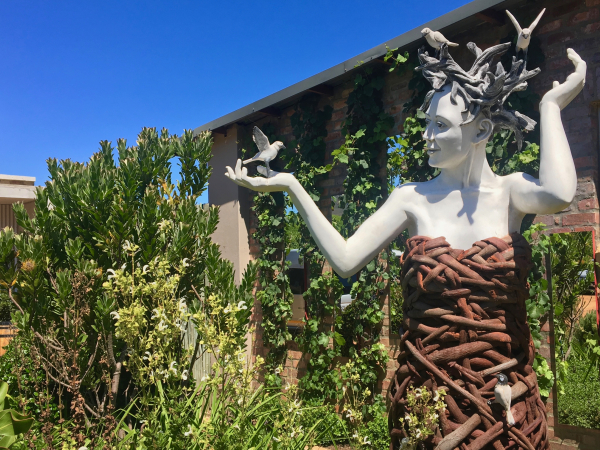
Four: When Planning your Trip, Combine Wine with Other Activities and Interests.
For the wine region you visit, consider also food, sport, architecture, history and local literature. The town where I live in France has an annual marathon that passes wineries. Even those who don’t sip wines offered along the trail can enjoy the country by running next to vines. Or perhaps you want to enjoy a morning round of golf before visiting a winery. Or have a guide drive you and tell about the local history, whether related to Romans, monks, or covered wagon settlers. Also, consider buying a book about that region (or even its wines) before you visit. Variety is good for life, and placing your visit within a larger context will help you enjoy your travels even more.
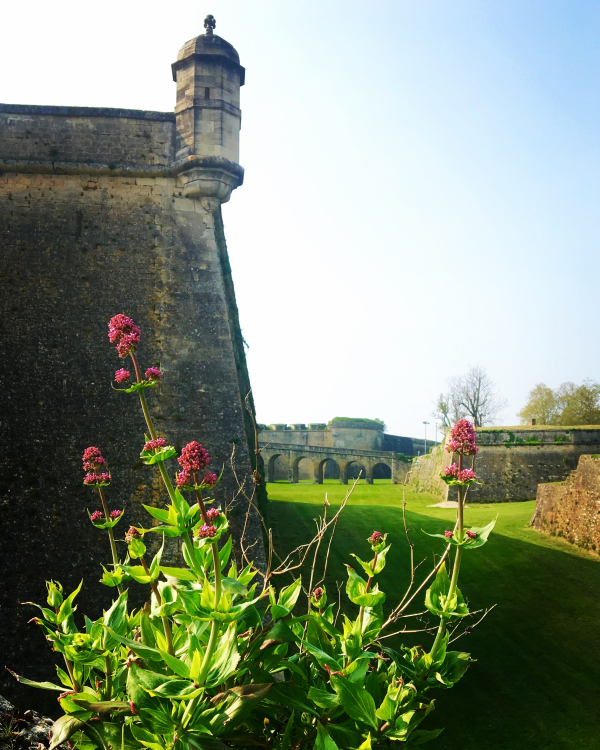
Five: Select Aspects That You Want to Learn More About.
Listen and observe, then select one or two topics that interest you and learn more—whether by reading or asking questions. Whether it is carbonic maceration or the Carménère grape or aging wine in acacia barrels—identify a topic, and make the effort to learn more. This will keep your mind clicking as you travel, and will make aspects of your trip more memorable later.
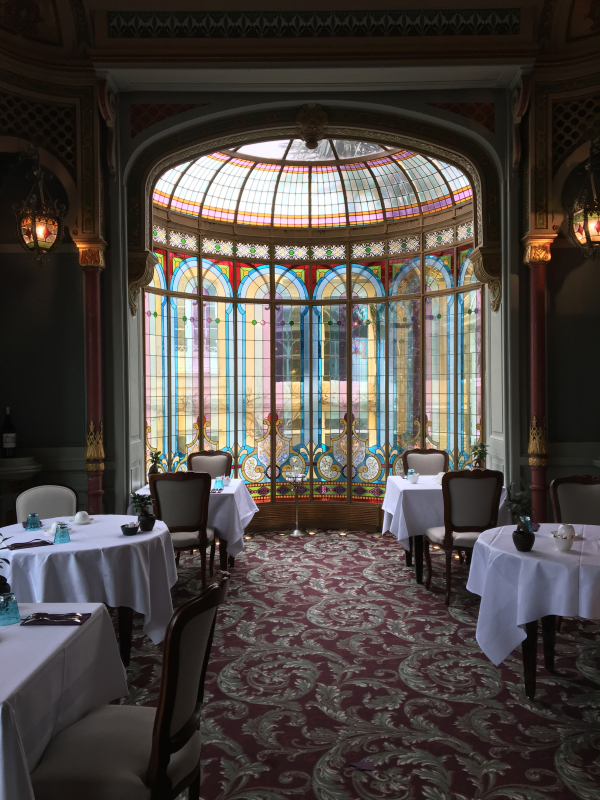
Six: Respect Lesser Known Regions, Grapes and Producers.
Everyone seeks that ‘hidden jewel:’ that unknown winemaker producing astonishing juice which costs next to nothing. Truthfully—there are plenty out there. However, you’ll either have to taste a lot of mediocre juice first before finding them, or will need to be clued into their identify from locals with knowledge. Just because a château or domaine or tenuta or bodega has produced wine for three centuries and the owner’s offspring are on the cover of a famed wine magazine and their bottles cost north of $75 does not necessarily mean they are the best in town. There is no direct and unrelenting correlation between price and quality in the world of wine. If a guide tells you he or she only associates with the best of the best producers, be wary: the landscape of wine quality changes every year. Remember also that taste is personal. Following big names and famed brands soon turns boring; it is also evidence that you lack any sense of discerning personal taste.
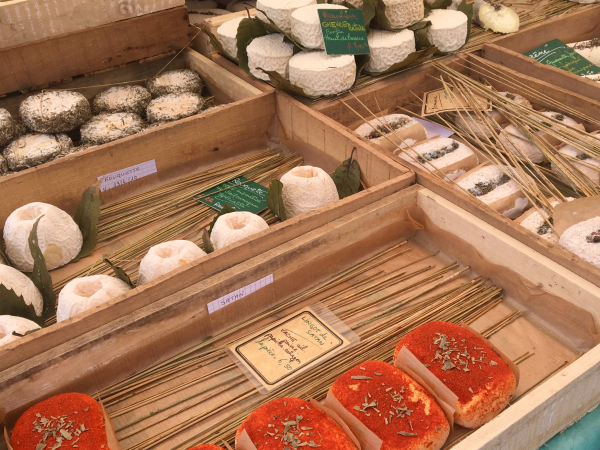
Seven: Don’t Overthink Food Pairings.
There are no perfect food/wine pairings, so don’t regard these combinations as some type of differential equation you need to solve. Allow room for experimentation, and ask the waiter/sommelier/winemaker what they think. Bringing up the topic of food with winemakers often energizes them, and they will often recommend a local dish (have them write it down, with the correct spelling) and may also suggest local restaurants. Here are three keys to remember for wine pairings: simpler dishes are easier to pair with, pairings can be complimentary (e.g. goat cheese and Sauvignon Blanc) or contrasting (e.g. salty oysters, sweet champagne), and ‘wine killers’ include vinegar (this includes balsamic), milk, eggs and earthy veggies (such as beetroot or artichoke). Again, don’t over think it: experiment.

Eight: Pack Appropriately.
In years past I traveled with a spiral notebook, tape recorder and 35 millimeter camera when visiting wineries. Today, an iPhone will take care of all that. It also allows you to take notes, interview locals and snap photos. Its GPS will also help you navigate to your next location, and the internet connection can forward pictures to friends instantly. The world has changed dramatically in the past decade.
If checking a bag in at the airport, I’ll pack a corkscrew. Imagine ending up in a countryside inn with a gifted bottle of Brunello di Montalcino and no corkscrew on the premises. That would be like finding refuge in an arctic cabin during a snowstorm that is laden with canned food, but without a can opener. As for clothing—high heels do not fare well in vineyards or up cobbled Italian alleys. Bring warm clothes if you want to get outside and see vineyards (which you should). I am constantly amazed at vineyard visitors who dress as though they were visiting a Prada store on the Champs Élysées or a garden party in Surrey. Remember—a vineyard is a farm.
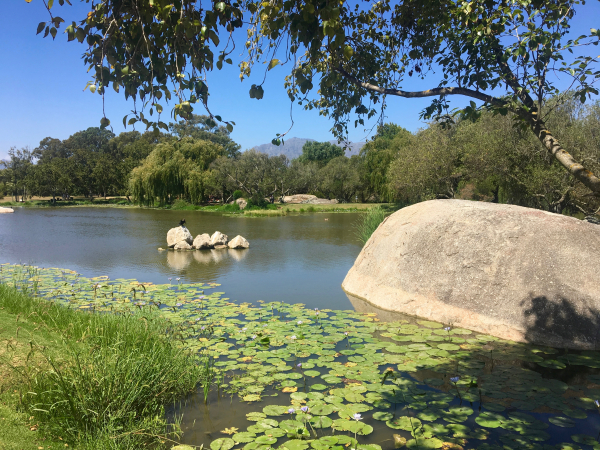
Nine: Do Your Research (If You Are So Inclined), But Don’t Consider it Doctrine.
Just because five newspapers and two magazine articles in the last three years profiled a certain winery in Abruzzo (or Marlborough) as having the most dazzling wines imaginable does not negate the value of also putting other wineries on your itinerary for that region. Lesser known wineries often offer a more intimate and memorable experience. And even though Trebbiano d’Abruzzo (or Sauvignon Blanc) may be the dominant white grape in that region, that is actually all the more reason for you also to taste white wines made with the Pecorino (or Breidkecker) grape, just to highlight the contrast.
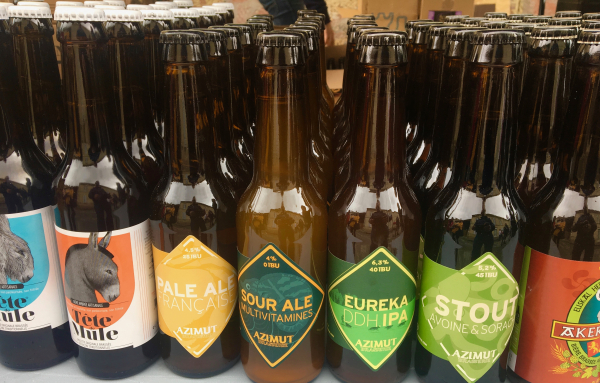
Ten: There’s More To Wine Country Than Wine.
Wine regions also sometimes include good local beers. Consider kicking off an evening (or afternoon) with a glass of suds before you start popping corks (or twisting screwcaps) to enjoy local grape juice. Remember, there are no rules when it comes to travel and wine.
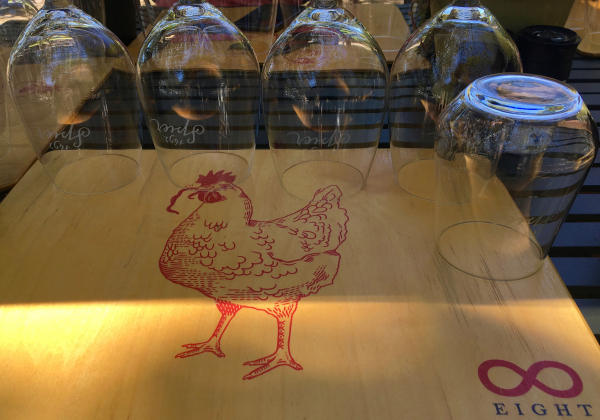
Eleven: Respect Your Own Sense of Taste.
Finally, no matter what the critics or sommeliers say, you are the judge of which wines you appreciate and do not appreciate. If you are standing in an opulent tasting room with a bedazzling view of snow crusted distant peaks and romantic trimmed vines below while drinking from a Riedel glass and listening to quadraphonic classical music and the wine simply does not do it for you, that’s it. Try another. Or move elsewhere. Don’t let the environment hoodwink your mind into ignoring your taste buds. It’s your trip, your life, your experience. Trust your own taste, and don’t succumb to any groupthink.
Most importantly, Enjoy! Don’t take wine travel too seriously.



